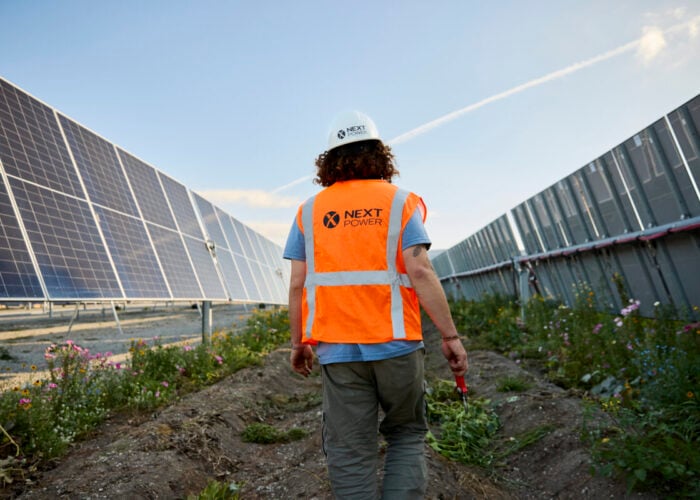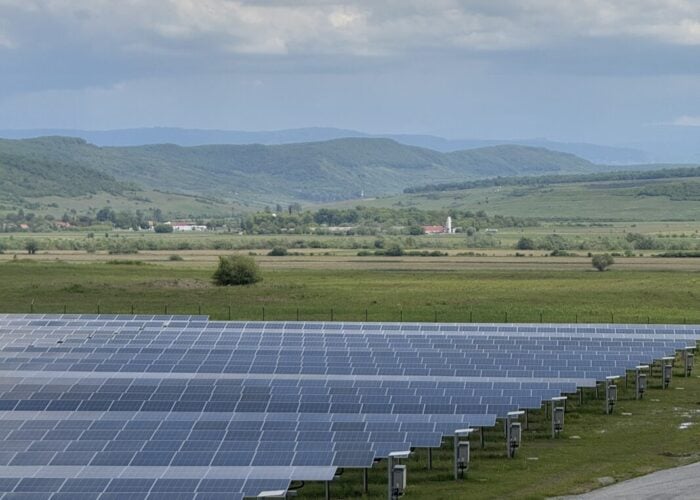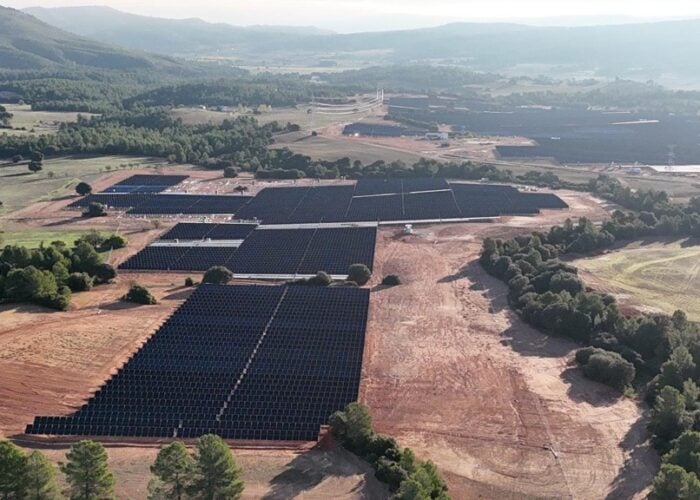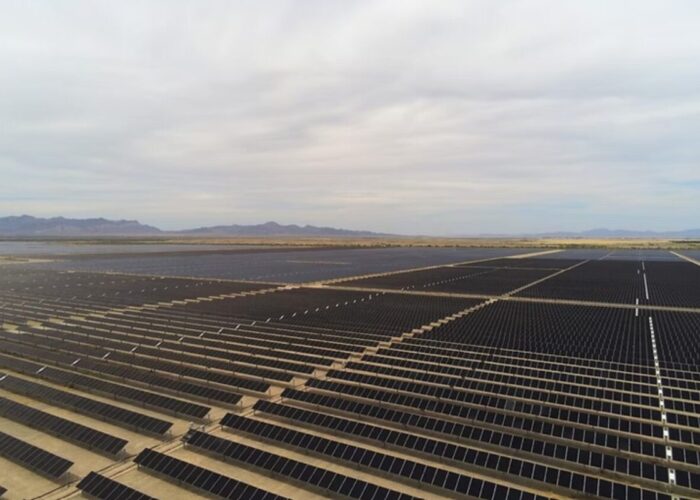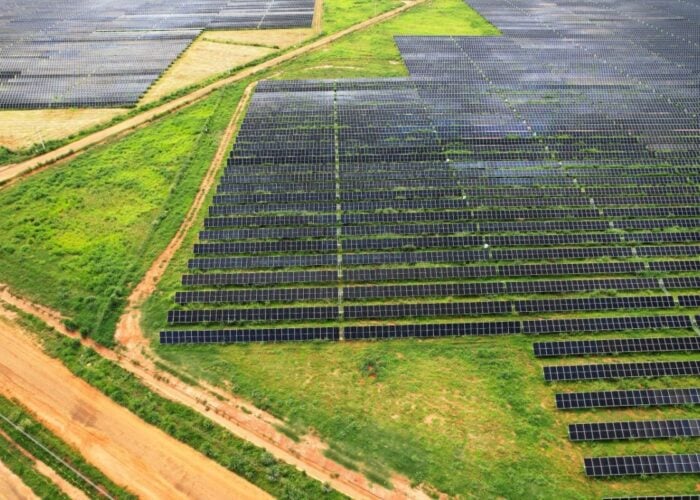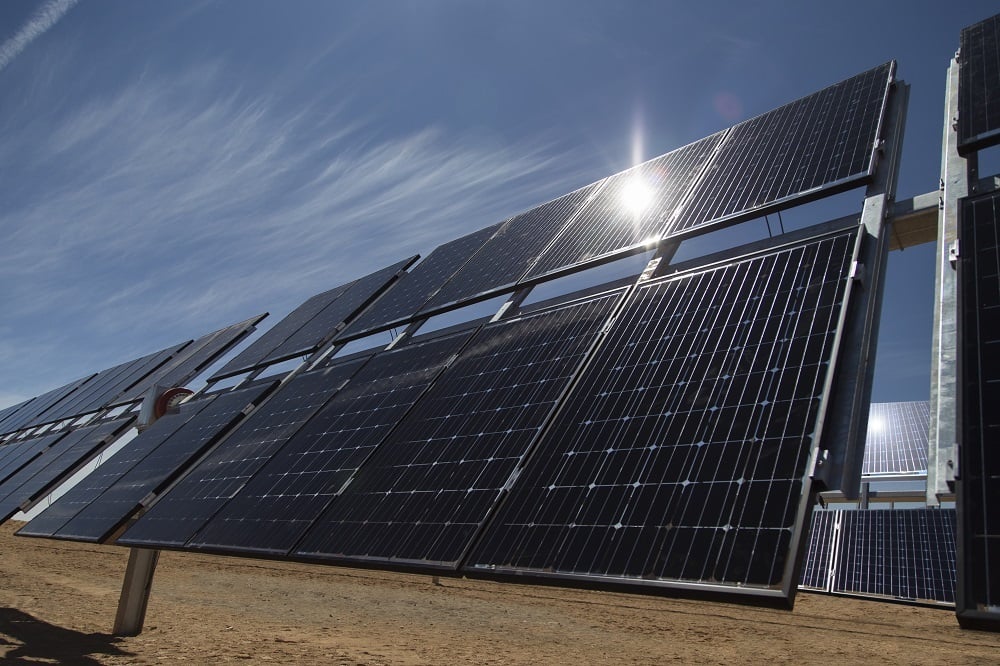
Soltec has signed an agreement to supply its SF7 bifacial solar trackers to Norwegian state-owned utility Statkraft for use in four PV projects being developed in the southern Spanish region of Andalucía.
The plants are being constructed this year and will have a combined capacity of 234MW and generate 500GWh of clean energy per annum when complete.
Try Premium for just $1
- Full premium access for the first month at only $1
- Converts to an annual rate after 30 days unless cancelled
- Cancel anytime during the trial period
Premium Benefits
- Expert industry analysis and interviews
- Digital access to PV Tech Power journal
- Exclusive event discounts
Or get the full Premium subscription right away
Or continue reading this article for free
According to Soltec, its SF7 bifacial trackers require seven supporting poles per 90 modules and can increase energy generation thanks to the company’s TeamTrack technology that is validated by TÜV Rheinland.
The Statkraft deal comes a month after Soltec signed another contract to provide trackers and construction services for utility Endesa for the development of three PV projects in Spain with a total capacity of 142MW.
While Spain-headquartered Soltec’s tracker unit closed 2020 with record operating indicators, a backlog of 1,891MW and a pipeline of 24,340MW, the company posted a loss for the year, in part due to project delays as a result of the coronavirus pandemic as well as increases in solar module costs. The company, which has been listed on the Spanish Stock Exchange since last October, then saw its revenues and earnings nosedive in Q1 of 2021.
With Statkraft targeting the development of 8GW of solar and wind by 2025, the company last year announced its acquisition of UK-headquartered PV project developer Solarcentury, giving it access to a 6GW solar pipeline across Europe and South America.
When that deal was announced, Statkraft CEO Christian Rynning-Tønnesen told PV Tech that there is an “obvious strong combination” where the company can benefit from flexible production by joining hydropower with the intermittency of solar and wind.

